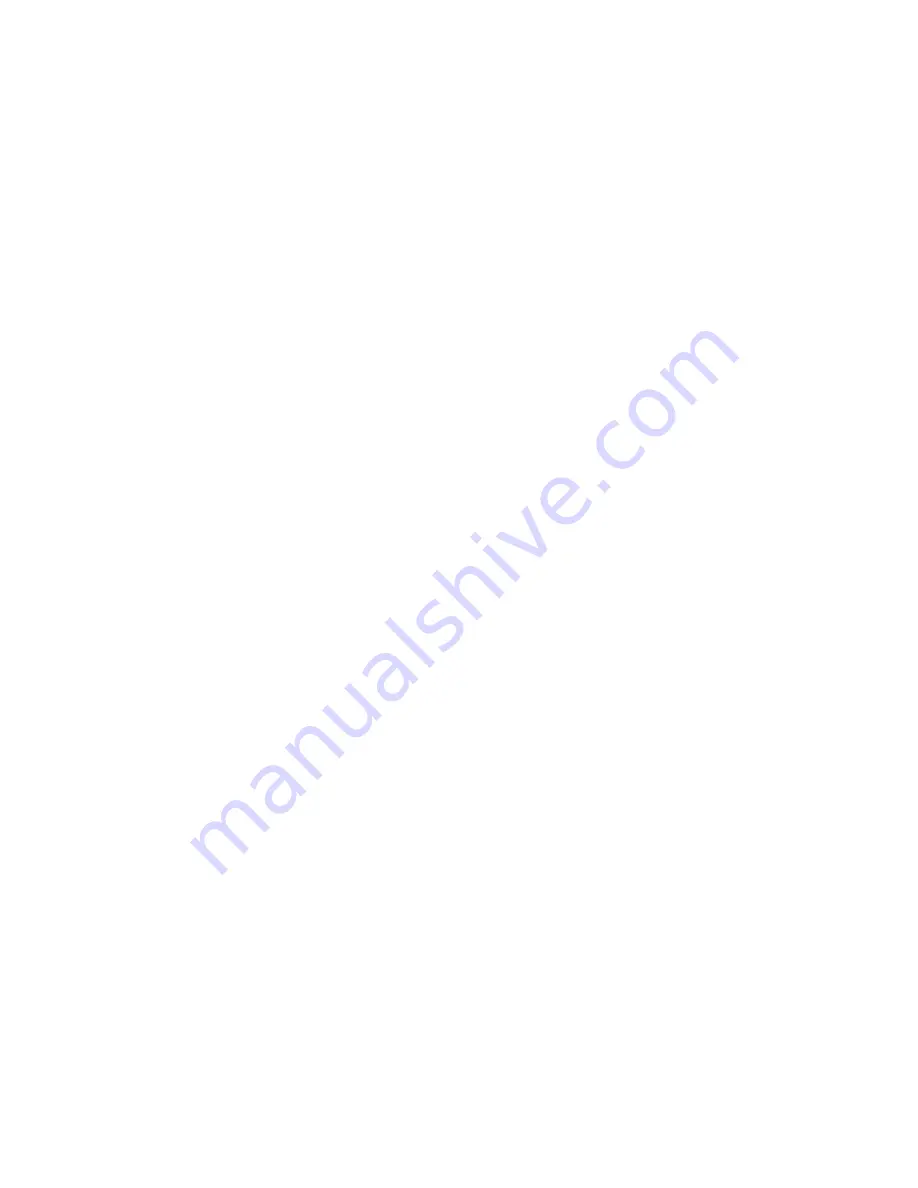
27.3 DAW Control Surface Applications
The DAW control function can be applied in a variety of ways. A few examples are listed below,
but the system is not limited to these applications.
1.
Fader 1 and/or Fader 2 could be assigned to control the DAW to provide a tactile control
while “mixing-in-the-box.”
2.
Fader 2 can be assigned to DAW control and Fader 1 can return the same DAW track to
the console. This provides an easy means of accessing both the DAW and console
controls from the same channel strip.
27.4 DAW Control Surface Procedures
For all procedures below:
1. Open a Vision Project File.
2. Open the “Project” window using the “View” menu in the Main window.
3. Create and name a new song if needed using the “Song” tab in the Project window.
4. Setup the needed routing and other recall settings.
5. Connect the MIDI ports on the back of the ACM to the MIDI interface for the DAW
6. Set the needed parameters in the DAW to allow control via MIDI
27.4.1
Using the console control surface to control a DAW
To establish DAW control from the console hardware, perform the following procedure:
1. Open the “Control Surface Setup…” menu from the “Setup” menu in the Main
window. This will open the Control Surface & MIDI Setup window.
2. Assign a FCM (8 faders/mutes) to the control unit using the “Console Channels”
pull-down menu
3.
Assign the control unit to a MIDI Port using the “MIDI Port” pull-down menu.
4.
Click the “Save” button to save the current setup.
5.
Engage the “En: Control Surface” to establish DAW control






























